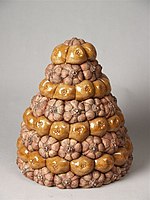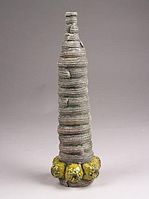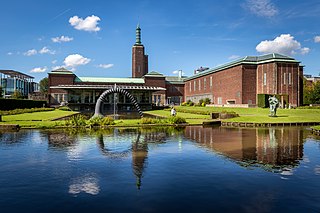
Municipal Museum Boijmans Van Beuningen is an art museum in Rotterdam in the Netherlands. The name of the museum is derived from its two most important donors, Frans Jacob Otto Boijmans and Daniël George van Beuningen. The museum is located at the Museumpark in the district Rotterdam Centrum, close to the Kunsthal and the Natural History Museum.

Johannes Jacobus (Jan) van der Vaart was an influential Dutch ceramicist from the 20th century, known as founder of the abstract-geometric ceramics in the Netherlands.
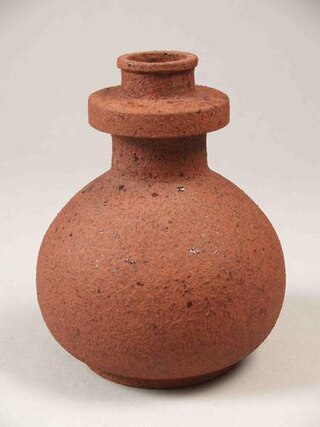
Jan de Rooden was a Dutch ceramist and sculptor, who worked in Nijmegen, Paris, and Amsterdam.

Hans de Jong was a Dutch sculptor, designer and ceramist.
Theodorus Antonius Hubertus Maria (Theo) Dobbelman was a Dutch sculptor, ceramist and painter.

Dora Dolz de Herman was a Spanish-Dutch artist, best known for her outdoor ceramic works in the form of chairs and sofas.

Jan Cornelis Snoeck was a Dutch sculptor and ceramist.

Henk Trumpie was a Dutch ceramist and sculptor.

Gerardus Johannes (Geert) Lap was a Dutch ceramist, known for his new approach to ceramics characterized as clay minimalism.
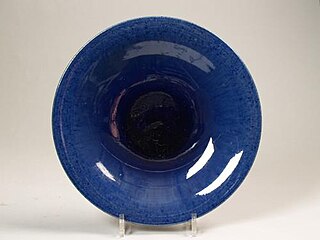
Gerrit de Blanken was a Dutch potter trained for running serial work, but he gradually focussed on art pottery.

Johan Gerard van Loon was a Dutch ceramist and textile artist.
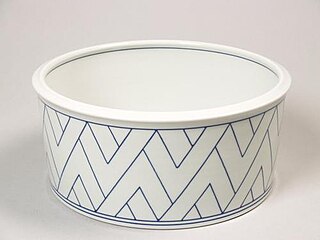
Leen Quist was a Dutch ceramist, who was known for his own style, a perfect finish and geometric (blue) lines. According to Thimo te Duits, author of Modern Ceramics in the Netherlands (1990), Quist' pots, bowls and boxes witnesses "a noble simplicity."
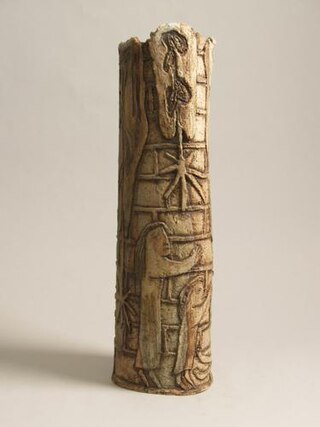
Johanna Jacoba (Johnny) Rolf is a Dutch ceramist, drawing artist and sculptor.

Alida "Lies" Meijers-Cosijn was a Dutch ceramist. Her work is described as "fairytale like and poetic, but also sometimes bizarre and realistic."

Helena van der Kraan-Maazel born Helena Jirina Mazl was a Czechoslovakian-born Dutch photographer and partner in the artist duo Axel en Helena van der Kraan.

Gallery Terra Delft is an art gallery in Delft specialized in ceramics and ceramic art from contemporary national and international ceramists. It was founded in 1986.
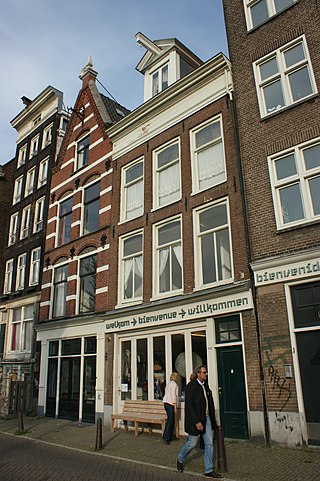
Galerie Wim van Krimpen, also Galerie Van Krimpen is a Dutch former art gallery in Amsterdam and Rotterdam by Wim van Krimpen.
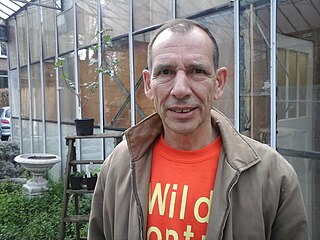
Bernardus Stefanus Henricus (Ben) Zegers is a Dutch visual artist, active as a sculptor and installation artist, and teacher and coordinator at the Gerrit Rietveld Academy.
Thimo te Duits is a Dutch art historian, curator, author and editor, known for his numerous contributions in the field of Dutch applied art.




